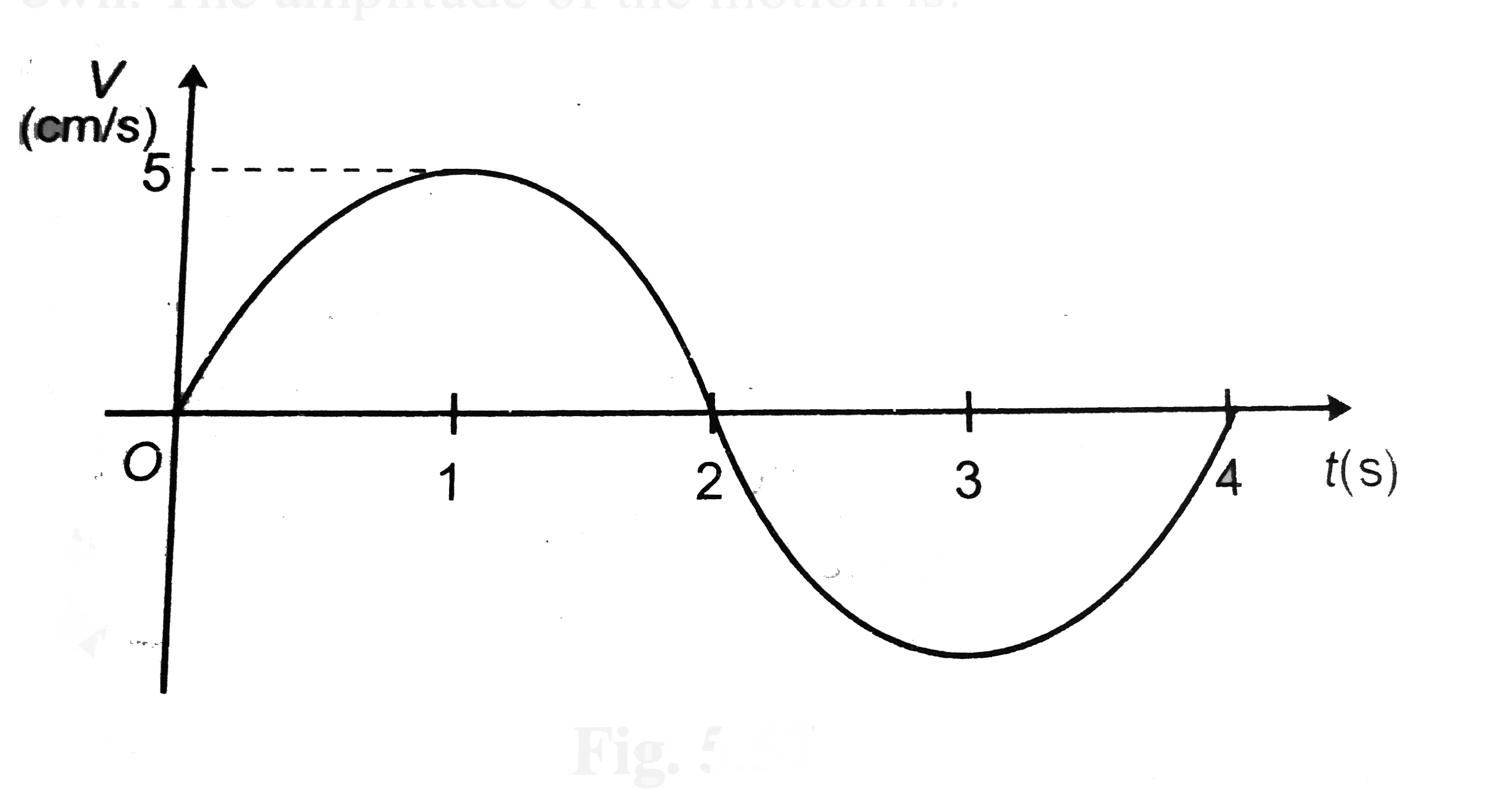Text Solution
Verified by Experts
The correct Answer is:
|
Topper's Solved these Questions
WAVE ON STRING
RESONANCE ENGLISH|Exercise Exercise- 2 PART III|15 VideosView PlaylistWAVE ON STRING
RESONANCE ENGLISH|Exercise Exercise- 2 PART IV|9 VideosView PlaylistWAVE ON STRING
RESONANCE ENGLISH|Exercise Exercise- 2 PART I|21 VideosView PlaylistTRAVELLING WAVES
RESONANCE ENGLISH|Exercise Exercise- 3 PART I|19 VideosView PlaylistWAVE OPTICS
RESONANCE ENGLISH|Exercise Advanced Level Problems|8 VideosView Playlist
Similar Questions
Explore conceptually related problems
RESONANCE ENGLISH-WAVE ON STRING -Exercise- 2 PART II
- A certain transverse sinusoidal wave of wavelength 20 cm is moving in ...
02:03
|
Playing Now - Figure shows a string of linear mass density 1.0g cm^(-1) on which a w...
02:23
|
Play - A wire of 9.8 xx 10^(-3) kg per meter mass passes over a fricationless...
03:30
|
Play - A uniform rope of length 12 mm and mass 6 kg hangs vertically from a r...
03:40
|
Play - A non-uniform wire of length l and mass M has a variable linear mass d...
04:56
|
Play - A man generates a symmetrical pulse in a string by moving his hand up ...
04:14
|
Play - A uniform horizontal rod of length 40 cm and mass 1.2 kg is supported ...
08:14
|
Play - A string of length 'l' is fixed at both ends. It is vibrating in tis 3...
01:38
|
Play - A string of mass 'm' and length l, fixed at both ends is vibrating in ...
04:01
|
Play - A travelling wave of amplitude 5 A is partically reflected from a boun...
01:40
|
Play - A 50 cm long wire of mass 20 g suports a mass of 1.6 kg as shown in f...
02:00
|
Play - A 1 m long rope, having a mass of 40 g, is fixed at one end and is tie...
02:55
|
Play - In an experiment of standing waves, a string 90 cm long is attached to...
03:18
|
Play - Three resonant frequencies of string with both rigid ends are 90, 150 ...
02:41
|
Play - A steel wire of length 1 m, mass 0.1 kg and uniform cross-sectional ar...
04:35
|
Play - A wire having a lineat density of 0.05 gm/ cc is stretched between two...
02:29
|
Play - Figure shows a string stretched by a block going over a pulley. The st...
06:12
|
Play - Figure shows an aluminium wire of length 60 cm joined to a steel wire ...
08:06
|
Play - A metallic wire with tension T and at temperature 30^(@)C vibrates wit...
02:53
|
Play
